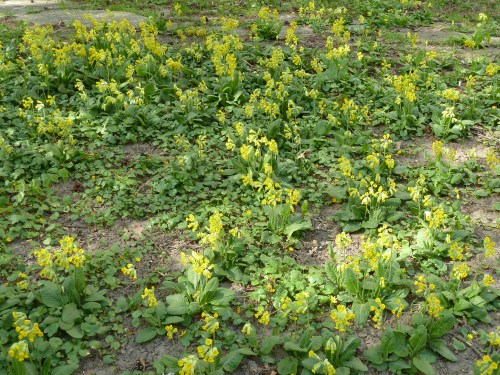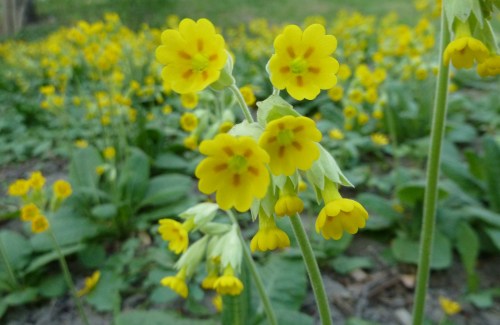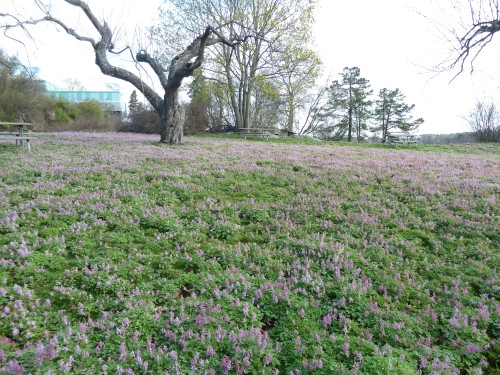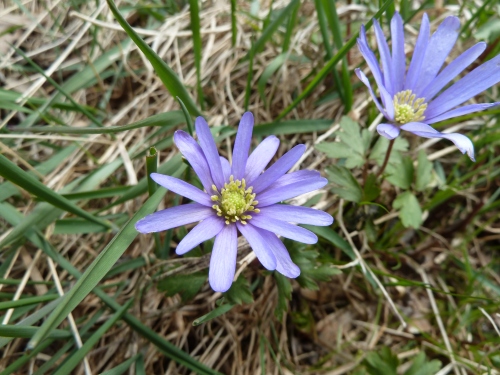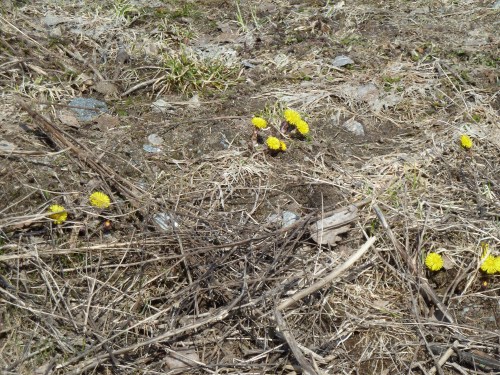This is one of my favorite wildflowers which grows here in Stockholm. It is delicate, intricate, and absolutely beautiful. I found it growing in the first half of May in a marshy area next to a pond. I am reminded of when it should be blooming every time mother’s day is celebrated in the U.S. I think about how beautiful the flower is, I wish my mother was here to see it.

Kungsängslilja, Snake’s head lily, Stockholm, Sweden, May
In Swedish, Kungsängslilja got its name from Kungsängen (King’s Meadow), a meadow near Fyris River outside Uppsala. It means, literally, King’s Meadow Lily. It is said that the flowers grew in great number there after the battle between Erik Segersäll and Styrbjörn Starke in the 10th century (Battle of Fyrisvellir). For every fallen Danish soldier, a red/purple flower grew, for every fallen Swedish, a white flower grew. The white kungsängsliljor are less common than the red/purple, more Danes were killed than Swedes, and Erik was victorious. Kungsängslilja is Uppland’s official flower, or “landskapsblomma”.

Kungsängslilja, Snake’s head lily, Stockholm, Sweden, May
In English, this flower has several different names. The pattern on the petals is a little like snake skin. I think I find it so fascinating because it’s not native in the U.S., where I grew up. It is said to be native to Europe and western Asia and is quite rare. I look forward to every May, when I long for the days to get warmer, and this beautiful being appears and gives me hope that spring is springing.

Kungsängslilja, Snake’s head lily, Stockholm, Sweden, May





